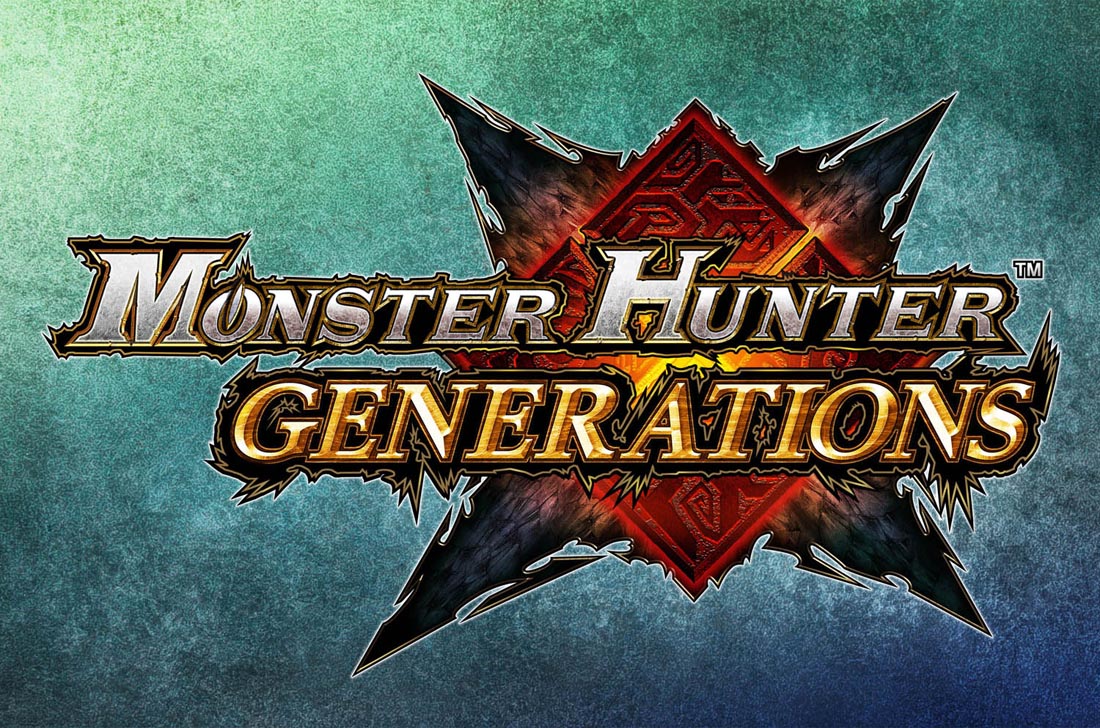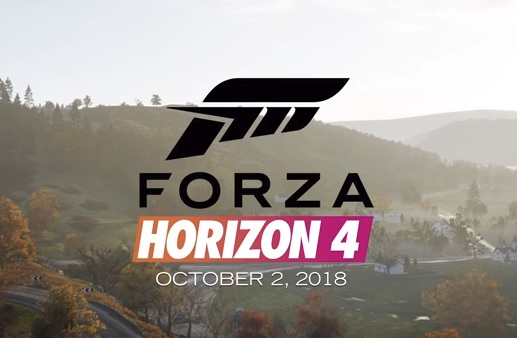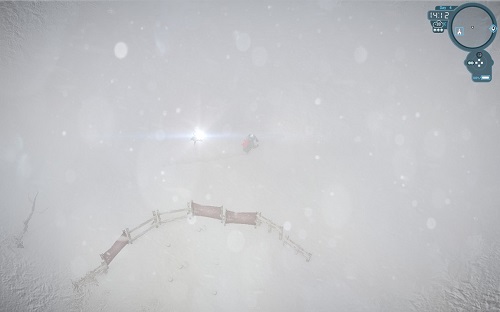
I have a long history with top-down games, ranging from the early days of RPGs like Neverwinter Nights, to the more recent interpretations like Don’t Starve. Impact Winter fits right between those two games, with the non-linear progression and survival mechanics of a game like Don’t Starve and the underlying systems of an RPG, such as narrative choices. While this crossing of mechanics makes for an interesting sounding game, Impact Winter manages to squander this behind a litany of bugs, uninteresting gameplay loops and poorly realised mechanics.
Impact Winter is set 8 years after a catastrophic event has caused the planet to be blanketed by snow, a quite literal impact winter. You control Jacob, the leader of a small group of survivors who have holed up in a church in the middle of what was once a residential area, and is now a winter wasteland. After receiving a mysterious radio transmission on your helpful hovering robot Ako, which is mysteriously the only piece of high level tech you seem to see in the game, you’re tasked with surviving for 30 days with help seemingly on the way. This sets the backdrop for the rest of your journey in Impact Winter, as you battle the weather, rival scavengers, wolves and the game itself to keep yourself and your fellows survivors alive.
While the game itself is largely non-linear, there is a narrative spine provided in the form of missions provided by each of your survivors. Missions push you to learn new mechanics, like survival abilities, learn new crafting recipes or create specific upgrades. These are presented as four main chains, with each chain being able to be worked on independently of the others. Missions focus on the areas of expertise of each survivor, such as Christophe’s missions focusing on upgrades to Ako and Marie’s focusing on her cooking abilities. Completing these missions can give you the previously mentioned upgrades and expansions, but also reward you with a resource called RP (Rescue Points), which are effectively your experience points. Once you receive enough RP you will level up, resulting in an instant reduction to the time you need to survive, as well as new ‘roles’ to assign to your survivors. Every role has a positive and negative, such as increasing safety during crafting while also increasing the time crafting takes. This allows you to min-max, to a degree, how each survivor works and functions. While these missions certainly provide a bit of structure to the game, the fact that they are almost entirely fetch quests quickly grates. It would have been nice to see a bit more variety in what you do.
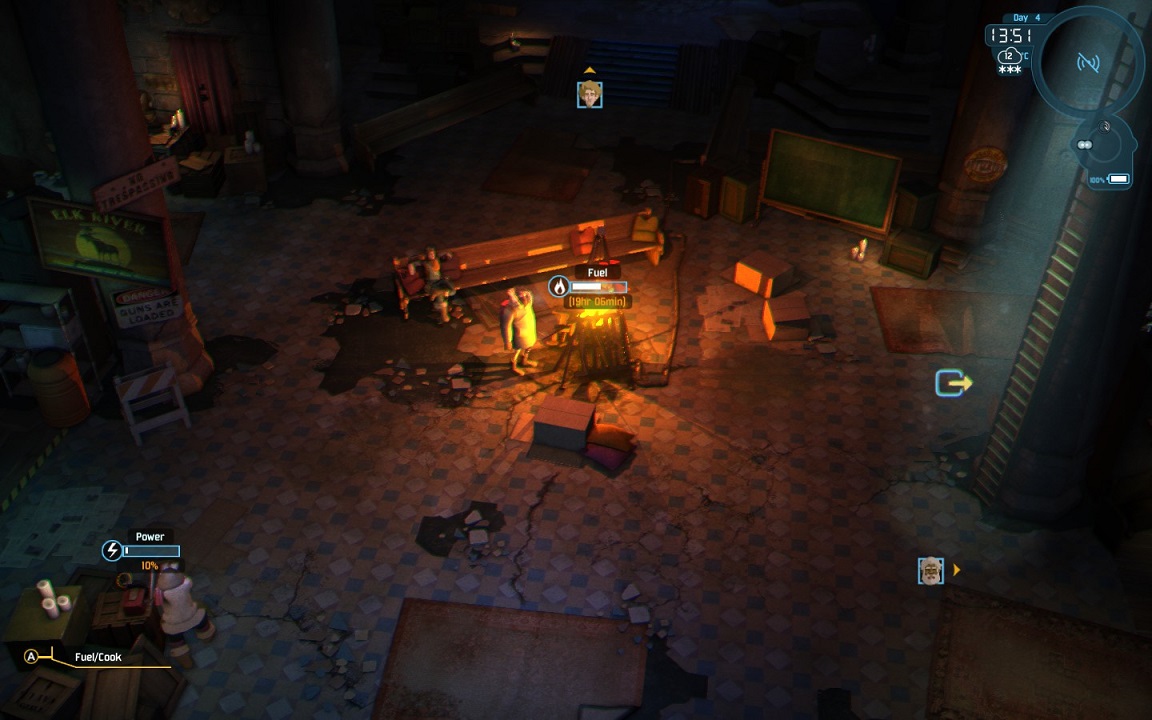
To survive, you need to scavenge the landscape for resources to fill your most basic of needs (hunger, thirst and happiness), while also finding crafting components to upgrade Ako (who acts as your inventory and constant companion) and the church itself. Church upgrades come in the form of technologies like a furnace and water purifier, allowing for longer periods of warmth within the church and a steady supply of water, while Ako upgrades increase your inventory space and the power of its radar and thermal drill for digging for supplies. These upgrades are the true constants of Impact Winter, with their creation easing your survival, especially as resources become harder to find. The number of upgrades available increases as you play through the game, and it’s up to you to decide what to build outside of certain missions requiring an upgrade be built for completion. How you prioritise upgrades will also shape what you scavenge for, with a more efficient fire meaning less fuel is needed and a water purifier making bottled water less necessary. It’s the most interesting mechanic in the game and also feels like the most fully realised.
Scavenging itself is, sadly, where Impact Winter begins to fall apart due to bugs and technical issues. There are interactive containers throughout the world itself and within abandoned buildings that you find in your trek across the new tundra. Your inventory is highly space limited, utilising a grid system similar to Neverwinter Nights where items take up differing numbers and configurations of squares within the grid. The first issue with scavenging relates to the inventory itself, which features no easy way to sort items to group empty squares together. You will regularly find yourself spending a minute or so as you manually move half your inventory around just to fit in one extra bottle of water, as frustration quickly grows after the eighth time you’ve had to do this. The limited space of your inventory, which would normally require trekking back to the church to unload, is offset by being able to send items back to the church from campsites you place in the world. That is to say, this would largely help offset much of the backtracking inherent in the game if it actually worked. There is a noted bug that hit multiple times during my playthrough, resulting in the items I placed to be sent back instead just disappearing into the ether. After this happened for the third time I completely gave up and resorted to mind numbing backtracking.
Compounding the need to backtrack is the complete inability for your fellow survivors to take care of themselves without you issuing orders in person or rationing resources to them. While rationing is a necessary mechanic and needs to be strictly controlled, it’s frustrating that you can’t issue rations and orders remotely, especially considering the survivors are able to contact you remotely to issue new requirements for missions. You’ll regularly find yourself having to trek back to the church to issue new rations after the game throws up a warning that a survivor is near-starving, having never notified you that the rations issued have run out. You’ll receive similar warnings when your survivors are running out of energy, except the game doesn’t mention that this is nothing to worry about and just means a survivor is going to take a nap. It’s a clumsy implementation of rationing and warnings that could have easily been handled better.
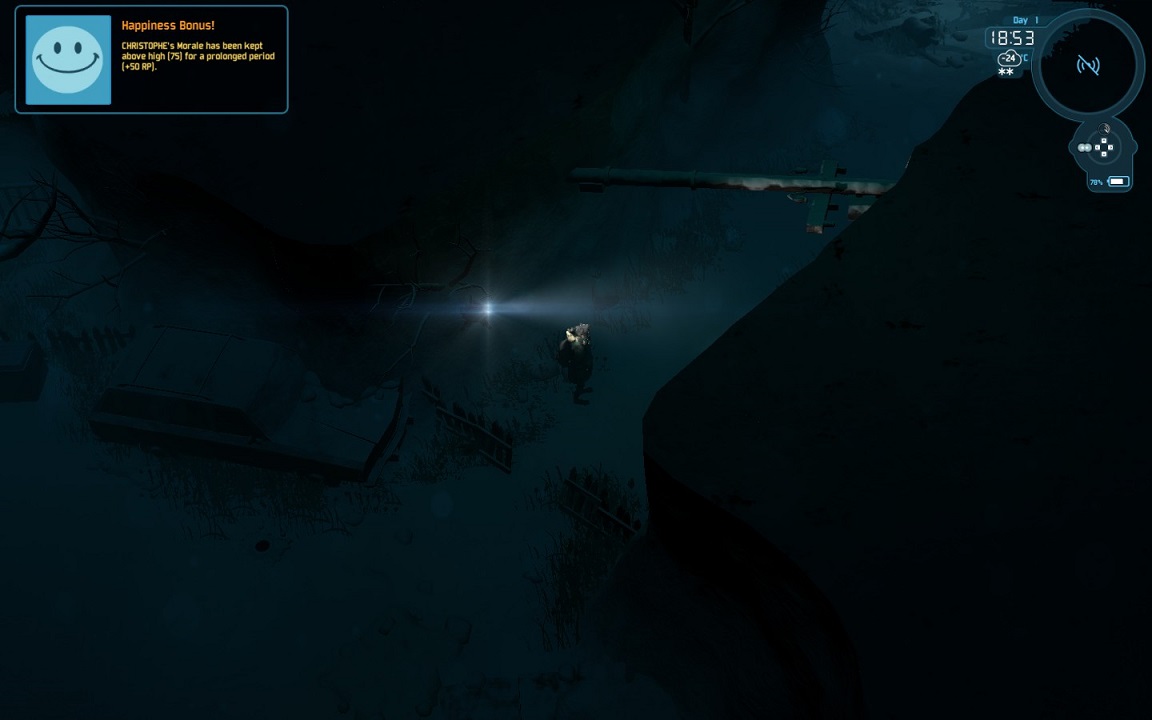
While it was certainly frustrating that I lost items, resulting in having to change how I played the game, the worst issue that happened during my time with Impact Winter was a complete wiping of my progress. To save your game in Impact Winter, you have to go to sleep. The issue with this is that Jacob will only go to sleep after his energy has dropped to a certain point, preventing you from being able to save the game when you need to. One day, after opening the game to continue playing for this review, I was surprised to find that my game had seemingly resorted to an earlier point in time. I’d lost a day’s progress, which was massively annoying, but was something I could come back from. I opened the menu to select the mission I had previously completed, only to find that every mission had disappeared. The game had not only wiped part of my progress, but the entire mission system in the game disappeared and couldn’t be brought back. Eventually, after much tinkering, I had to completely restart the game from scratch.
A glitch like this making its way into the final release of a game is inexcusable, but seems to simply be part of the case with Impact Winter. Despite being a PC only release right now, the game actually launched with absolutely no support for keyboard and mouse, with these only being recently patched in. There are issues with clipping and enemies getting stuck in the geometry, which is funny as the game places invisible walls around objects in the environment to stop you touching them. The game is also incapable of maintaining a steady framerate, despite a relatively simplistic art style. Despite using a GTX 1070 to play the game, the game regularly dropped to 30-40fps, had issues with stuttering and would come to a complete standstill in open environments. With the console release of Impact Winter coming later in the year, I can’t help but believe that the PC release should have been pushed back as well.
Survival games can be brutal at times, but the nuances and strategies required to navigate them make them engaging experiences nonetheless. Impact Winter is a game that shows glimpses of promise, but they are so bogged down by technical issues and frustrating design decisions that the game doesn’t even come close to being engaging. With some more technical and balance patches Impact Winter may become worth your money, but right now it should be avoided just like a real apocalyptic situation should be.
- Upgrading the church is rewarding and strategic
- The premise of an impact winter is interesting
- Multiple bugs that hinder progress
- Missions are almost entirely fetch quests
- Survivors cannot be managed remotely
- Game suffers from poor performance without obvious reason


